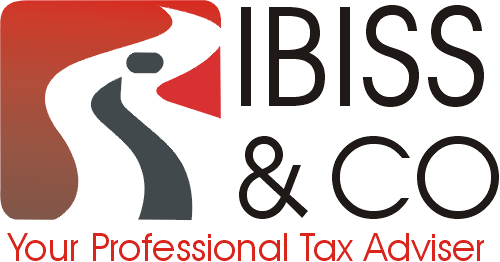Spring has hardly sprung, and so on one hand it feels as if 2018 has only just begun – yet the end of the current tax year is fast approaching! As such, now is the optimum time to take advantage of any potential savings.
It may surprise you to know that there are a few easy ways to minimise your personal/business liabilities – but these actions must be undertaken prior to 5th April 2018. Keep reading for our rundown of tax-saving recommendations.
Ponder Your PA
For the 2017/2018 tax year, every UK tax-payer is entitled to a personal allowance (PA) of £11,500 – an amount of income on which they do not pay tax. However, if you are married – or have a civil partner – and they do not work (or they earn very little), you may be able to spread your income to make the most of both personal allowances (via the transferring of assets, for instance). Moreover, if you or your spouse (or civil partner) earns less than £11,500, and neither of you pay tax at the higher/additional rate, you may qualify to take advantage of the ‘marriage allowance’ (transferable tax allowance). This allows an individual to transfer 10 (£1,150) of their personal allowance to their spouse or civil partner.
If you’re interested in learning more about how to make the most of your personal allowance before the end of the tax year (or planning for 2018/2019), we highly recommend speaking to a qualified accountant.
Don’t Ignore ISAs
You can save up to £20,000 into an ISA during the 2017/2018 tax year without having to pay tax on any interest earned – an appealing prospect, even with the low interest rates commonly available for ISAs. You’re able to take your pick between ISA types, though you can only pay into one of each: one Stocks and Shares ISA; one Cash Isa; one Lifetime ISA; one Help to Buy ISA; and one Innovative Finance ISA (Junior ISAs do not count, though, so you can pay into these for your children freely without your £20,000 allowance being affected). But you have to act quickly: though the allowance will remain the same for the 2018/2019 tax year, the allowance can’t be transferred over if you don’t use it.
There are a few other limits, too. Generally speaking, you can only deposit a certain amount into each ‘type’ of ISA (£4,000 maximum into a Lifetime ISA, for instance). However, for the 2017/2018 tax year only, you’re able to move money from a Help to Buy ISA to a Lifetime ISA without it counting towards the £4,000 annual allowance: a wise move if you’re looking at your financial planning on a long-term basis.
Take Advantage of All Allowances
Did you know that basic-rate taxpayers are also allowed to earn £1,000 worth of interest on savings that are held in banks, NS&I accounts, building societies, or credit unions on a tax-free basis? This amount is separate to the ISA allowance, and could be worth considering if you’re thinking of depositing a sum of money any time soon and have allowance to use up.
Similar to this is capital gains allowance: the name given to a tax-free amount that can be earned from selling assets. Each individual is granted a capital gains allowance of £11,300 per annum, which – like the ISA and savings allowances mentioned above – is not transferable from year to year, so if you’ve got an antique you were thinking of selling, now might be the time to do it.
Finally, if you’re a business owner, you might want to think about the annual investment allowance, which allows you to offset £200,000 worth of business expenditure. The allowance applies to most organisations and business costs (from machinery to integral building features).
Look at Life Arrangements
The fact that it is the end of the tax year doesn’t necessarily mean it’s time to look far into the future; but even so, at this juncture some people will find it valuable to review their position with regard to inheritance tax. There are lifetime gift reliefs available – such as an annual exemption of £3,000 – as well as the normal expenditure out of income exemption (which can have a great impact on inheritance tax liabilities). Ensure that you’re making the most of everything available to you, and be sure to seek advice if you’re not certain.
On that note, it’s never too soon to start considering your will – and the end of the tax year provides a useful milestone at which to draw one up, or to review any changes to an existing document.
This blog is part of a series. To be notified when the next edition is published – and to keep up to date with all the latest news from IBISS & Co – don’t hesitate to sign up to our mailing list, or follow us on Facebook, Twitter, LinkedIn, or Google Plus.




